Pain in childbirth
definition

Pain in childbirth includes all types of pain that are caused by it before, during and after the birth. These include, for example, the so-called lowering pains that occur weeks before the birth, the labor immediately before the birth itself and the pain during the birth caused by the expansion of the uterus and the expansion of the birth canal (cervix) and vagina by the child.
After childbirth, women suffer from labor pains (birth pains) as the uterus contracts again and expels the afterbirth (placenta), as well as pain in the entire genital area and in the vagina, as injuries and tears can easily occur during labor. Under certain circumstances, a so-called perineal incision must be carried out to facilitate the birth to expand the vaginal outlet, which can also be perceived as very painful and the scar of which can also lead to pain after the birth (see: Perineal incision scar).
These diverse birth pains of different causes can be reduced or even eliminated in just as diverse ways. The possibilities and risks are described below.
frequency
Straight Primiparae suffer from considerable pain, especially before and during childbirth (Birth pains)
In a study on the subject of labor pain, the average value of primiparous women was on a pain scale with Maximum value of 50 points at least 38 points. By regularly participating in Pregnancy gymnastics- or birth preparation courses, the mean value of pain in the birth of primiparous women could be reduced to 32 points, which corresponds to 15-20% relief.
causes
The pain (birth pains) before, during and after a birth have very different causes. The pain in childbirth that often occurs the earliest is the so-called sink pains. These occur in the last few weeks before the birth and are individually strong in each woman. At this point the baby has usually already turned so that the head is pointing in the direction of the birth canal (skull position). Now the child's head is pushed deeper and deeper into the woman's pelvis by gravity. Forces act on the uterus (uterus) and the cervix (Cervix uteri), more or less severe pain (birth pain) occurs at irregular intervals.
A normal birth begins with the opening phase. It manifests as irregular contractions (4 - 6 contractions per hour), contractions cause the cervix uteri to shorten and the cervix to widen. The contractions come at ever shorter intervals, are more painful, the amniotic sac may burst and the labor activity is accelerated, it is the so-called transition phase.
When the cervix is almost completely open (8-10 cm), the expulsion phase follows. The contractions (birth pains) come at very short and regular intervals (24 - 28 contractions per hour, i.e. almost every two minutes) and are very intense. Due to the increasing pressure in the lower abdomen, the woman has the need to press along and support the labor activity. When the baby's head is born, there is usually a short pause in labor, then the baby's shoulders and then the baby's body, followed by after-labor to expel the placenta. The midwife or obstetrician will check it for completeness; if any small parts are missing, they must be checked by hand (manually) are loosened or scraped off (risk of infection and adhesions) .During contractions, the wall of the uterus contracts (contraction). This contraction runs away from the cervix in the direction of the mother's heart, as a result of which the child's head or the previous child's body part is pressed into the mother's pelvis in the direction of the cervix uteri, and the cervix is opened. Since the labor activity (labor pain) has strong forces acting on the uterus and cervix uteri, pain (labor pain) occurs during labor, which is different in severity in all women. The state of mind of the woman giving birth has a major impact on the duration and severity of the pain of labor. With relaxation and freedom from fear, the birth usually does not take as long and is less painful than in tense and anxious women. With the help of breathing and relaxation techniques, the course of the birth can be positively influenced, the cervix opens faster and less painful (birth pain) and the birth is easier.
Read more on the topic: Breathing at birth

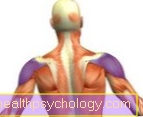
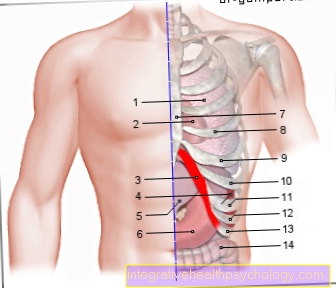
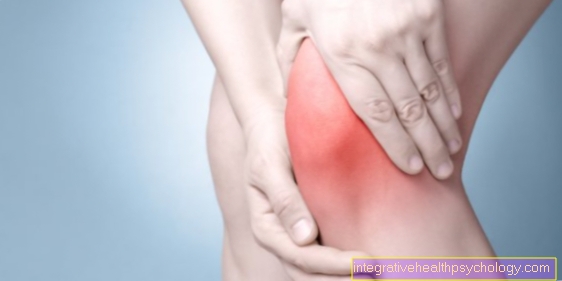
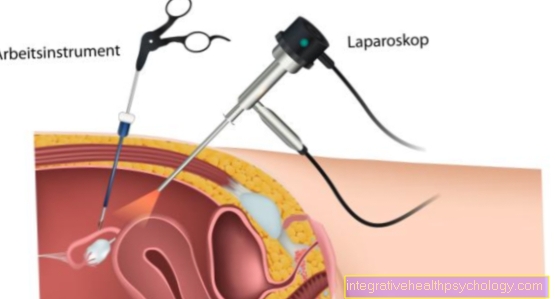


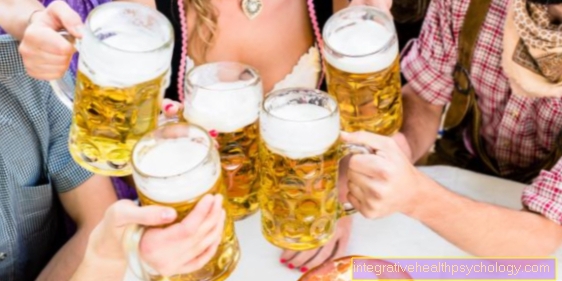

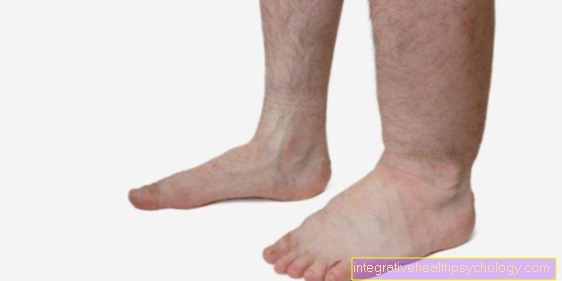


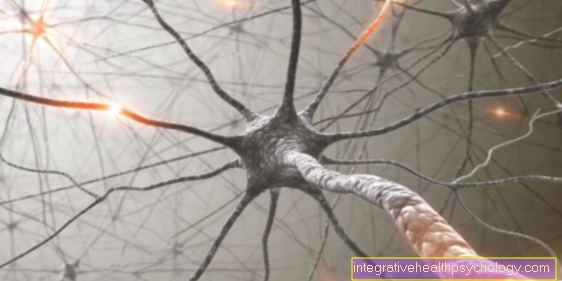



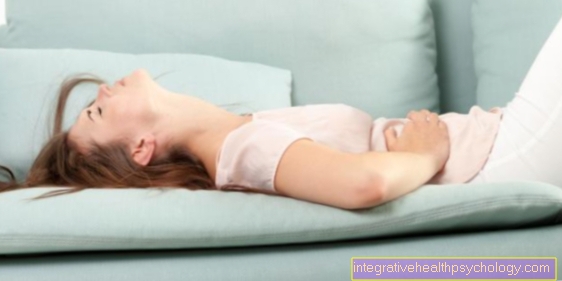

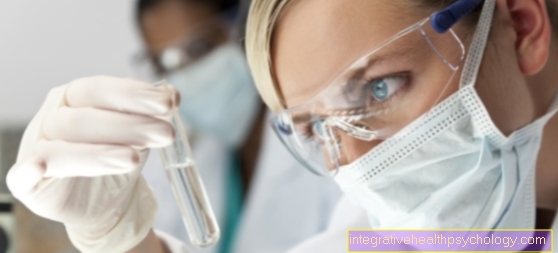
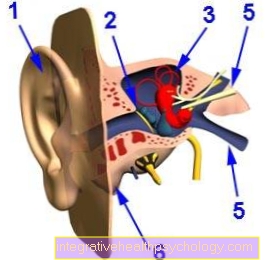

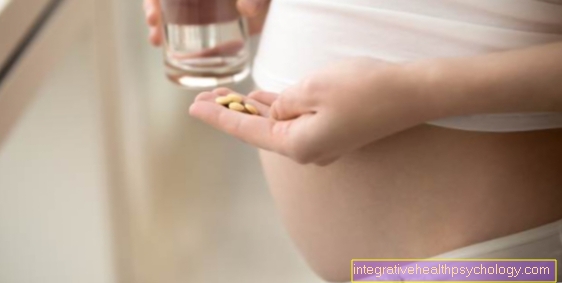
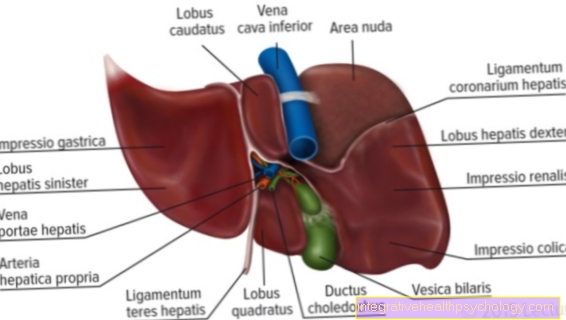

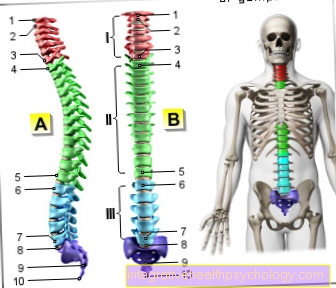



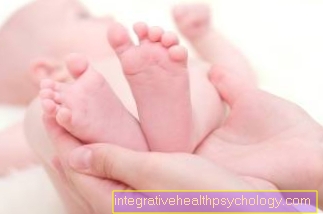
.jpg)